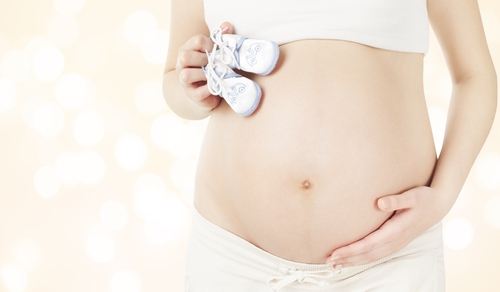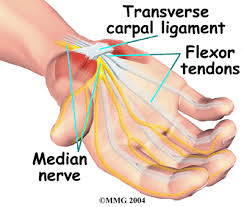At such an exciting & hectic time it is very common that mums-to-be neglect their own comfort, often believing aches & pains are to be expected in pregnancy and most especially in the final weeks of pregnancy.
As an Osteopath, I believe it is incredibly beneficial to assess & treat mums-to-be pre-labour even if I have not been involved in treating the body earlier on.
Pre-existing back problems or past traumas to the pelvis, coccyx, or sacrum can leave the pelvic bowl in a state of increased muscular tension along with potential ligamentous & bony strains.
Such strains may then impact on the quality of the labour & delivery as it limits the bones of the pelvis from separating & moving to enable the baby to be born.
Preparing for childbirth means ensuring the mum-to-be’s pelvis is structurally balanced thus allowing for the easiest passage of the baby down the birth canal. Seeking Osteopathic or chiropractic treatment may aid this process as your practitioner may identify & treat restrictions found within the pelvis.
5 Top tips when preparing for labour-
- Ensure you’re eating well – limit unhealthy options & maximise good healthy unprocessed foods
- Stay well hydrated – drink water! Limit caffeinated & sugary drinks as they both contribute to dehydration
- Listen to your body – when you’re tired try to rest or sleep
- Exercise – the fitter you are before & during the pregnancy the more energy you’ll have for the labour & you’re likely to recover quicker too
- Stretch – developing and maintaining flexibility of your muscles before & during labour will enable freer movement & the ability to get into comfortable positions for the labour
Stretches for the hamstrings, quadriceps, adductors & calves
These can easily be done before exercising (after a warm up), after exercise, or at other times of the day.
Adductors
- Sitting cross legged on the floor will help the inside thigh muscles become more flexible
- Sitting with your feet together, instead of crossed – in a diamond shape will stretch the inside thigh muscles
Hamstrings
- Sitting on the floor with your legs apart & knees straight- will stretch the backs of your legs
Quadriceps
- Lying on your side & take hold of your foot, pulling it gently towards your bottom. Pull your knee back also, until you feel a gentle stretch at the front of your thigh
Calves
Gastrocnemius – the outer muscle of the calf
- Place one foot in front of the other at a comfortable distance apart. Keep the heel of your back leg on the floor & your knee straight, (front leg, knee bent), while you lunge forwards until you feel a gentle stretch at the back of your calf
Soleus – the deeper calf muscle – both legs at the same time
- Standing in front of a wall, place your hands on it for support with your feet level but comfortably apart. Bend both knees until you feel a gentle stretch in your calf muscle
Always stretch gently during pregnancy as the hormone, relaxin, softens ligaments, which makes the body more flexible & thus more prone to overstretching.
All stretches should be comfortable with only a stretch sensation (no pain). Each stretch can be held for about 30 seconds and may be repeated a couple of times.
Osteopathic treatment during pregnancy can also help mums-to-be with:
- Adaptations to postural changes
- Shortness of breathe
- Repetitive Strain Injury & Carpal Tunnel Syndrome
- Back pain
- Sciatica
- Symphysis Pubis dysfunction
If you have any questions regarding how we can help you during your pregnancy please don’t hesitate to call us on 02 9453 3046.
Article written by Dr Mia Rabjohn (Osteopath)


